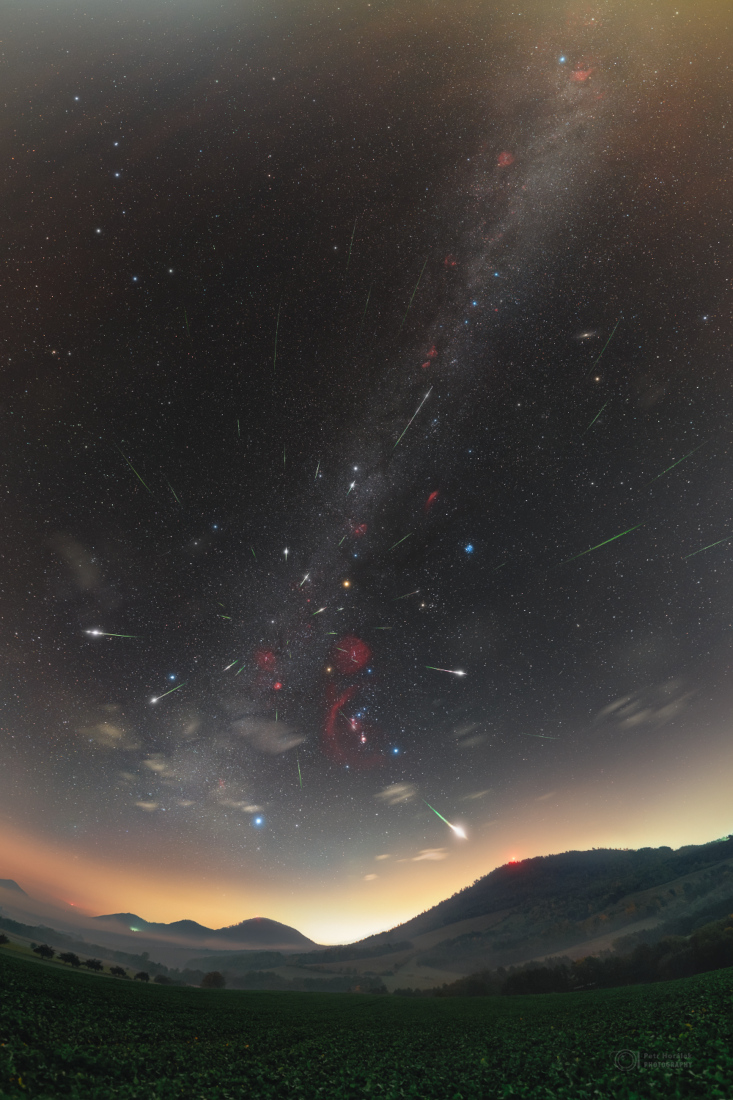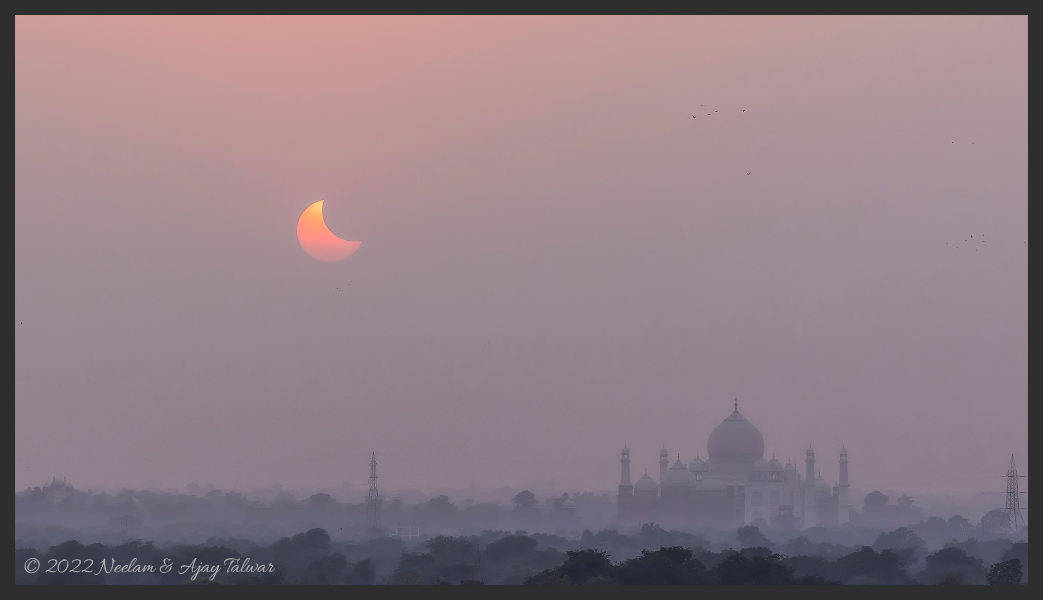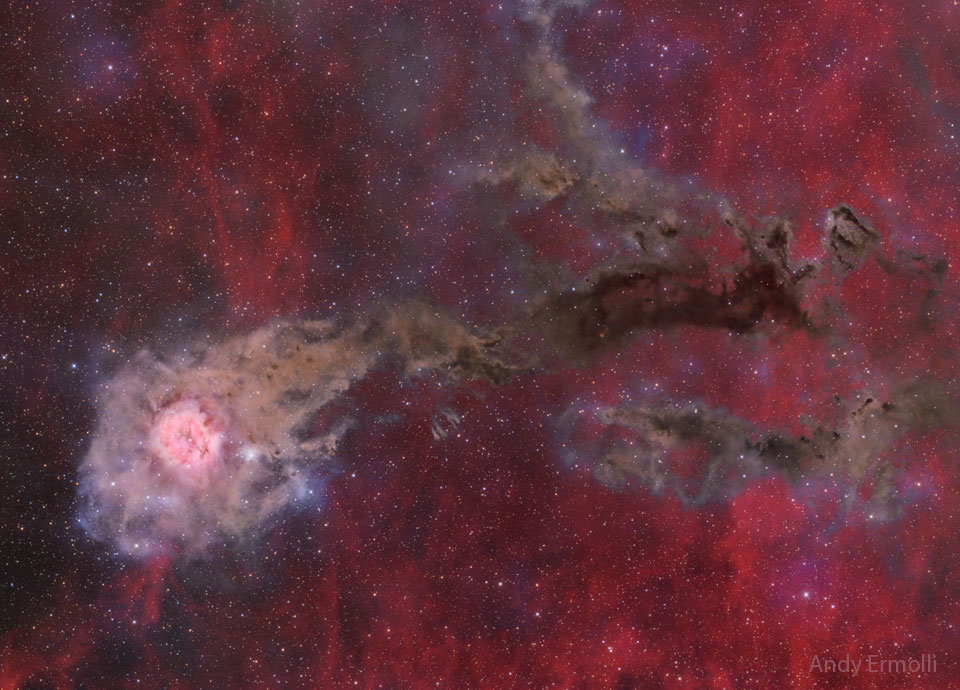
Seven Years of Halley Dust



NASA released the results of its second agencywide economic impact report on Thursday, demonstrating how its Moon to Mars activities, climate change research and technology, as well as other work generated more than $71.2 billion in total economic output during fiscal year 2021.
from NASA https://ift.tt/Imx2psF
via IFTTT


Media accreditation is open for SpaceX’s 26th commercial resupply mission for NASA to the International Space Station. Liftoff of the SpaceX Dragon cargo spacecraft on a Falcon 9 rocket is targeted no earlier than Friday, Nov. 18, from Launch Complex 39A at NASA’s Kennedy Space Center in Florida.
from NASA https://ift.tt/4h8AgmI
via IFTTT


Pilots from the U.S. Naval Test Pilot School in Patuxent River, Maryland, and students across southern Maryland will have an opportunity this week to hear from NASA astronauts aboard the International Space Station.
from NASA https://ift.tt/DyEVqIQ
via IFTTT
